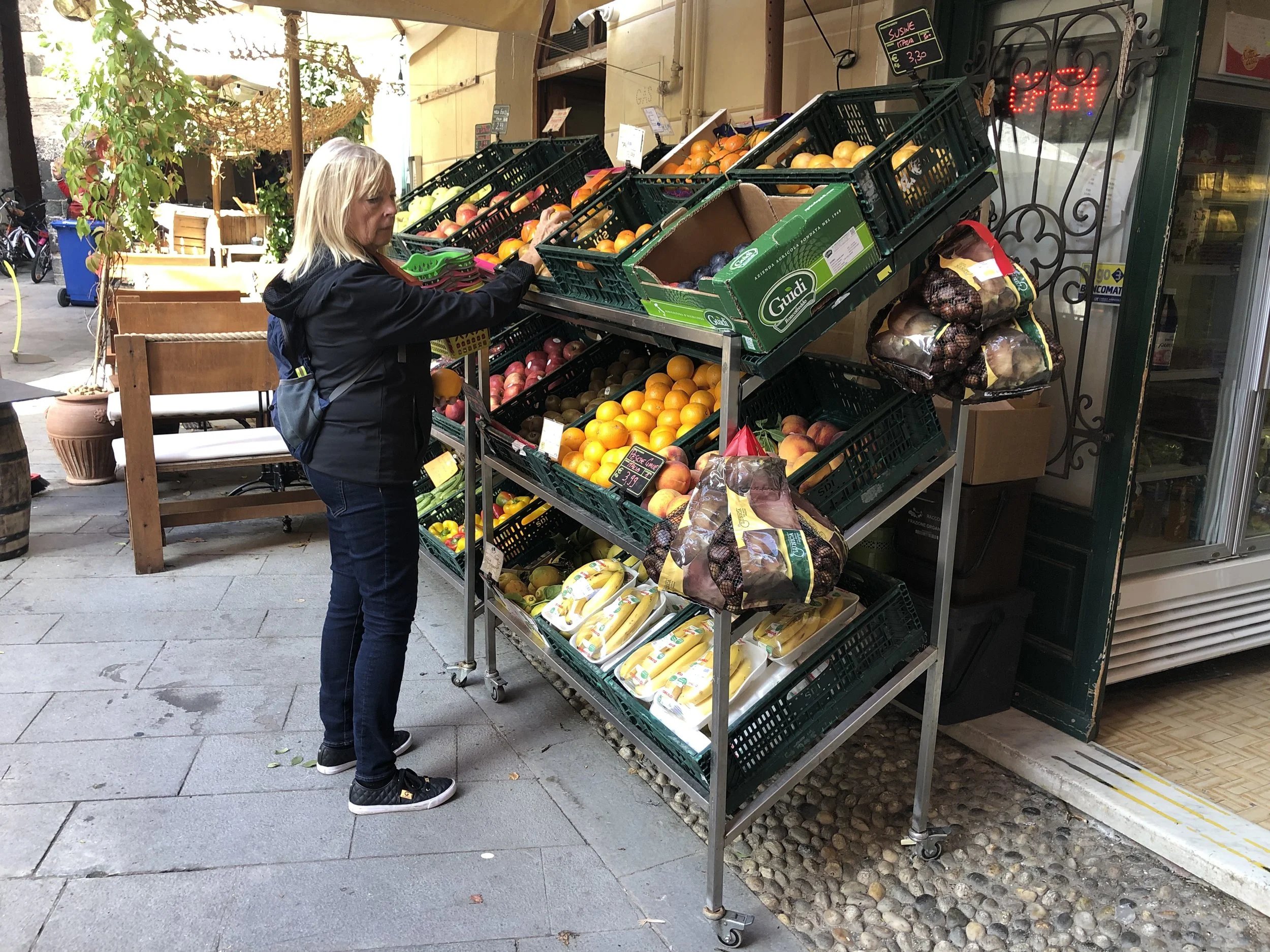Peg’s Blog
Food & lifestyle ideas to keep you healthy
Walking through Fire : Daring to Take Action
We went outside where a few people were preparing the fire. Flames were shooting high in the air, snapping and crackling as we sat on the cold ground watching, mesmerized by the bright flames, feeling a sense of warmth and awe. Slowly the flames grew shorter and within an hour settled down into a huge bed of coals and embers. The people raked them into a big circle with metal rakes. I watched.
Smoothies? Here's How
Smoothies serve a dual purpose for me -
they are a portable meal when you can’t eat at home or at a table
when done right, they contain essential nutrients without too much sugar

Please Think Food First, Then Weight
Until we address the topic of food, there really is no reason to address the topic of weight
Blue Zones - Answers to Longevity?
I would guess that most of us wish to live long lives, but with the caveat that they are long, happy, HEALTHY lives. Dan Beuttner was curious enough to visit 5 areas of the world where there was a concentration of healthy centenarians. They are Okinawa, Japan, Sardinia, Loma Linda, CA, Costa Rica and Ikaria, Greece.
I Have Heroes
I Have Heroes - Here Are Three of Them
Heroes are often defined as legendary characters who do something phenomenal the not many others have done before. They receive recognition in the form of admiration, compensation, medals and accolades.
The heroes I want to talk about mostly remain under the radar and are not treated as special people, but they are so incredibly critical to our survival, they should all be put on pedestals.

Do You Self-Sabotage? A Parable
Do you self-sabotage yourself? Get on a healthy eating regimen, have success, only to seek out friends you know will bring you back to old habits and poor quality food? The story of the eagle may inspire you to stay on course and not lose precious time due to a lack of belief in self and all you can do.

Would You Cut Your Own Hair?
Would you cut your own hair? There are other things in life that need experts to help you.
Are Protein Bars a Good Idea?
A protein bar on rare occasions is all right. Eating them every day exposes you to highly processed ingredients and may keep you from getting essential nutrients contained in whole foods. Read beyond the label’s self-praise and know there are better choices.
Wellness and Well Being Is a Process
What would you like to change in your life? How do you get well? It’s a process.

4 Whole Grains for Breakfast
Incorporate healthy whole grains into your breakfast planning. They make a nourishing backdrop for your fruit, nuts and yogurt.
Recovering from Cancer
As a health and wellness coach, I like to think of prevention as a most important goal. If we can find ways to prevent the onset of cancer, going forward we will save friends, neighbors and loved ones from going through the suffering so many have endured

How Do You View Nutrition?
Multiple research studies show small steps tend to be the most effective and lasting way to change habits. This is especially true with making nutritional changes and weight loss.
